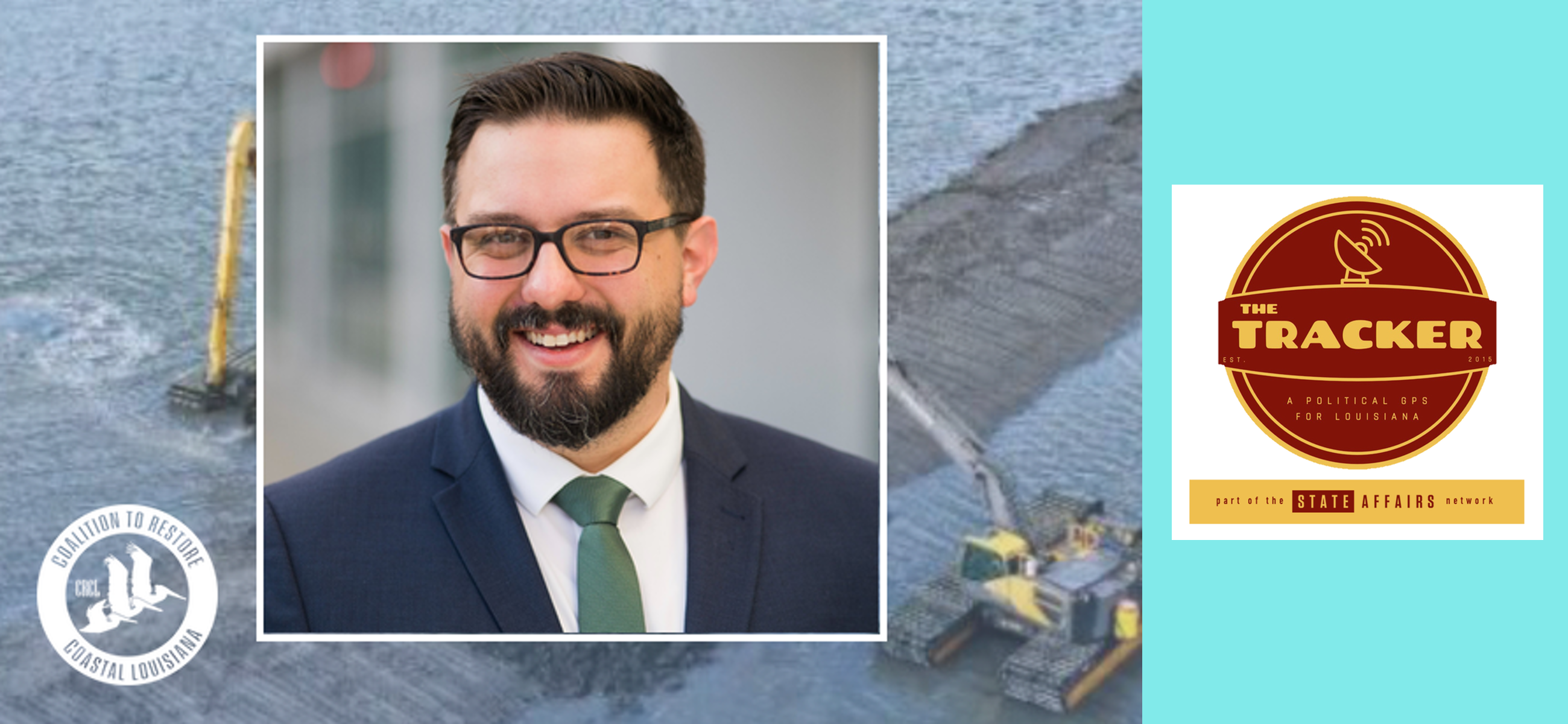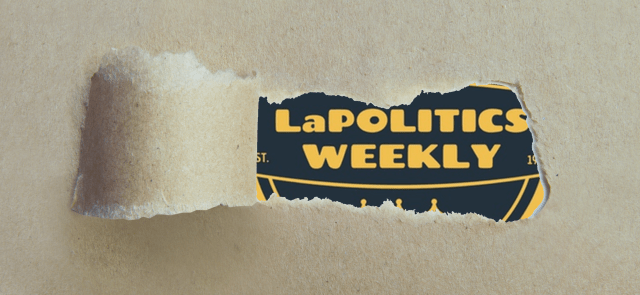Stay ahead of the curve as a political insider with deep policy analysis, daily briefings and policy-shaping tools.
Request a DemoMELANCON: Louisiana needs more money for the coast. These changes would help.

If you receive this newsletter, odds are you already know the importance of south Louisiana to the state’s economy.
You know that the coastal wetlands that are the heart of our fishing and petrochemical industries have been disappearing into open water – about 2,000 square miles simply gone in less than a century. And you know that the more land there is between our coastal communities and the Gulf of Mexico, the better natural protection from hurricanes we have.
Fortunately, coastal restoration isn’t a political issue. No one wants to see less Louisiana for future generations.
Our state has a globally influential Coastal Master Plan to help restore and protect as much of these wetlands as possible, preserving our bottom line and the unique communities and culture that have thrived here for centuries. It’s a good plan, incorporating exhaustive science and input from the people who live here.
But have you seen the price tag?
Coastal restoration isn’t cheap, and that’s why more equitable federal revenue sharing is so important. Without it, the projects that comprise the $50 billion Coastal Master Plan won’t all be possible.
And that will mean there will be tough choices about what communities, industries and individuals will be protected – and which ones won’t. That’s the reality we are facing when the money runs out.
That’s why the Coalition to Restore Coastal Louisiana supports Constitutional Amendment No. 1 on the November 5 ballot. Simply put, federal revenue generated by offshore alternative energy production would be directed toward coastal protection and restoration in Louisiana. The coastal program that is in dire need of consistent revenue streams would have a reliable one.
The RISEE and the BREEZE acts are just as important. These pieces of federal legislation would direct more equitable shares of revenue from offshore energy production to states including Louisiana.
Both acts have bipartisan support, and broad coalitions comprised of national industry and environmental groups, fishing and hunting organizations and elected officials are on board. If there is any opposition, it’s largely silent. So what are we waiting for?
If the RISEE Act had been passed by the start of last year, Louisiana would have $88 million more to spend on coastal restoration. That may seem like a drop in the bucket when the most effective restoration projects can cost billions, but every dollar counts when a football field-sized chunk of land is turning into open water every 100 minutes, when communities are being relocated, and when homeowners are being hit by insurance premiums that are unaffordable – if they’re available at all.
Louisiana’s coastal program has been spending offshore revenue generated by GOMESA wisely. The Deepwater Horizon settlement funding has put Louisiana in position to have more projects under construction than ever before.
The Coastal Protection and Restoration Authority is widely considered among the most effective and efficient agencies in the state. But the future hinges on consistent funding. Federal revenue sharing will help.
Ethan J. Melancon is the advocacy director with the Coalition to Restore Coastal Louisiana.
Know the most important news affecting Louisiana
Get our free weekly newsletter that covers government, policy and politics that impact your everyday life—in 5 minutes or less.
Election Day 2024: State Affairs brings you the fair, transparent, nonpartisan coverage you deserve
Election Day is here and State Affairs stands ready to bring you the kind of election coverage you deserve — fair, transparent and rooted in a commitment to nonpartisanship. Across the states, voters are casting their ballots, deciding on leaders and policies that will shape our communities and futures. And as the results come in, …
Socially Yours (11.05.24)
WEDDING BELLS Ethan Estis and Laurin Turner are toasting to four years together… HAPPY BIRTHDAY! — Tuesday, Nov. 5: Rep. Stephanie Hilferty, Rep. Matthew Willard, Daryn Bovard, Cody Martin, Ricky LaFleur, Keith Leger and Al Carter — Wednesday, Nov. 6: Former Sen. Louie Bernard, former Rep. William Daniel, David LaCerte, Matt Wood, Rufus Holt Craig and Amy Alexander — Thursday, Nov. 7: Rep. Randal Gaines, Lillian Piazza, Stephanie Durand Robin and Gordy Rush — Friday, Nov. 8: Rep. Ken …
In Case You Missed It in LaPolitics
Here’s what you may have missed in the latest issue of LaPolitics Weekly, published last week… — IS TEACHER PAY THE WAY?: Gov. Jeff Landry’s proposal to pay down debt and use the debt-payment savings to fund teacher raises may turn out to be the most popular aspect of the entire package… — OIL AND …
Headlines and Bylines (11.05.24)
—BRProud: Planning to vote on Election Day? Here’s what Louisiana voters need to know — The Advocate: Election Day 2024: What to know about races for president, Baton Rouge mayor and more — Fox 8: Louisiana voters feeling anxiety ahead of Tuesday’s presidential election — Illuminator: Supreme Court takes up challenge to Louisiana congressional map …



